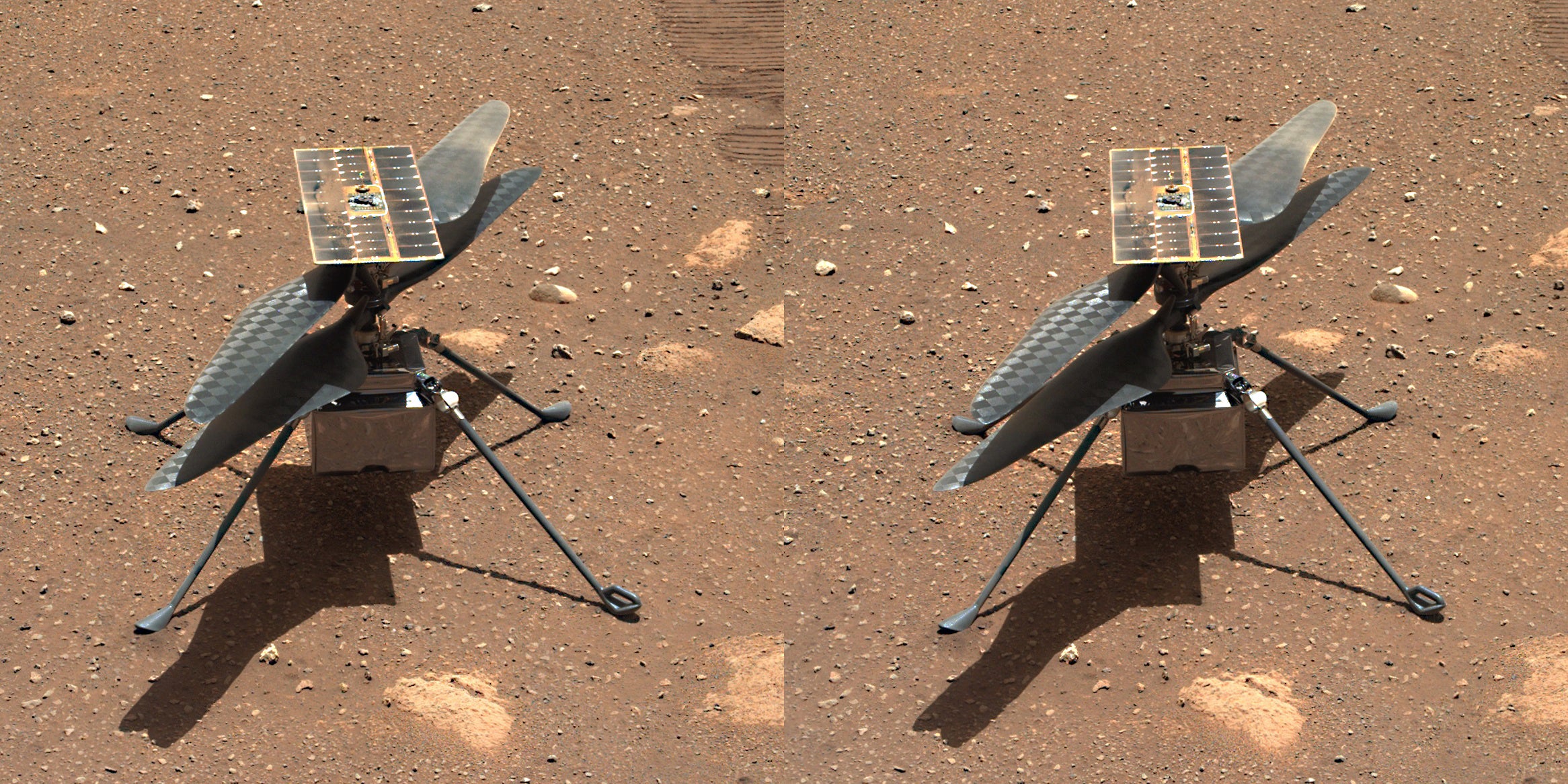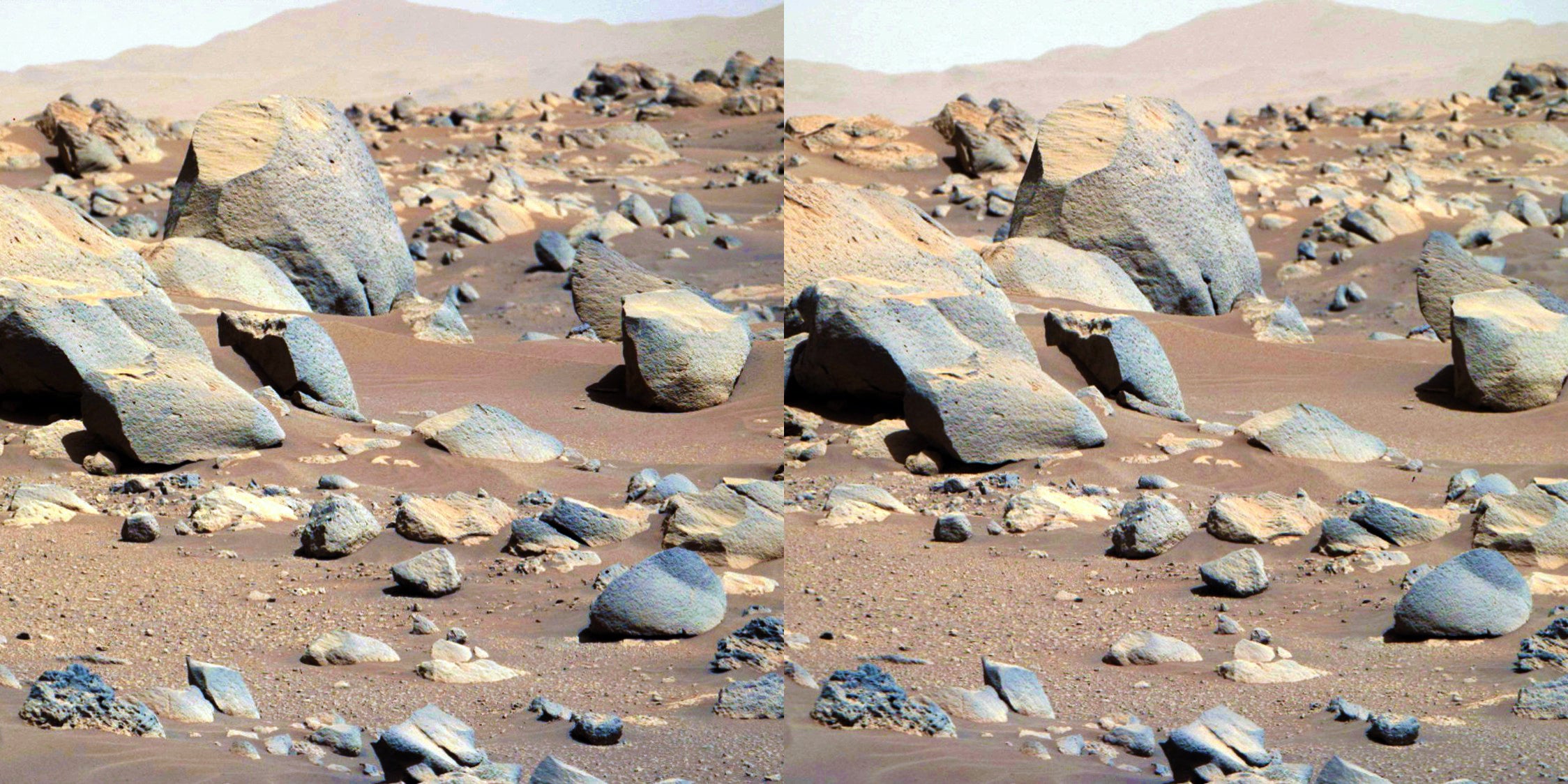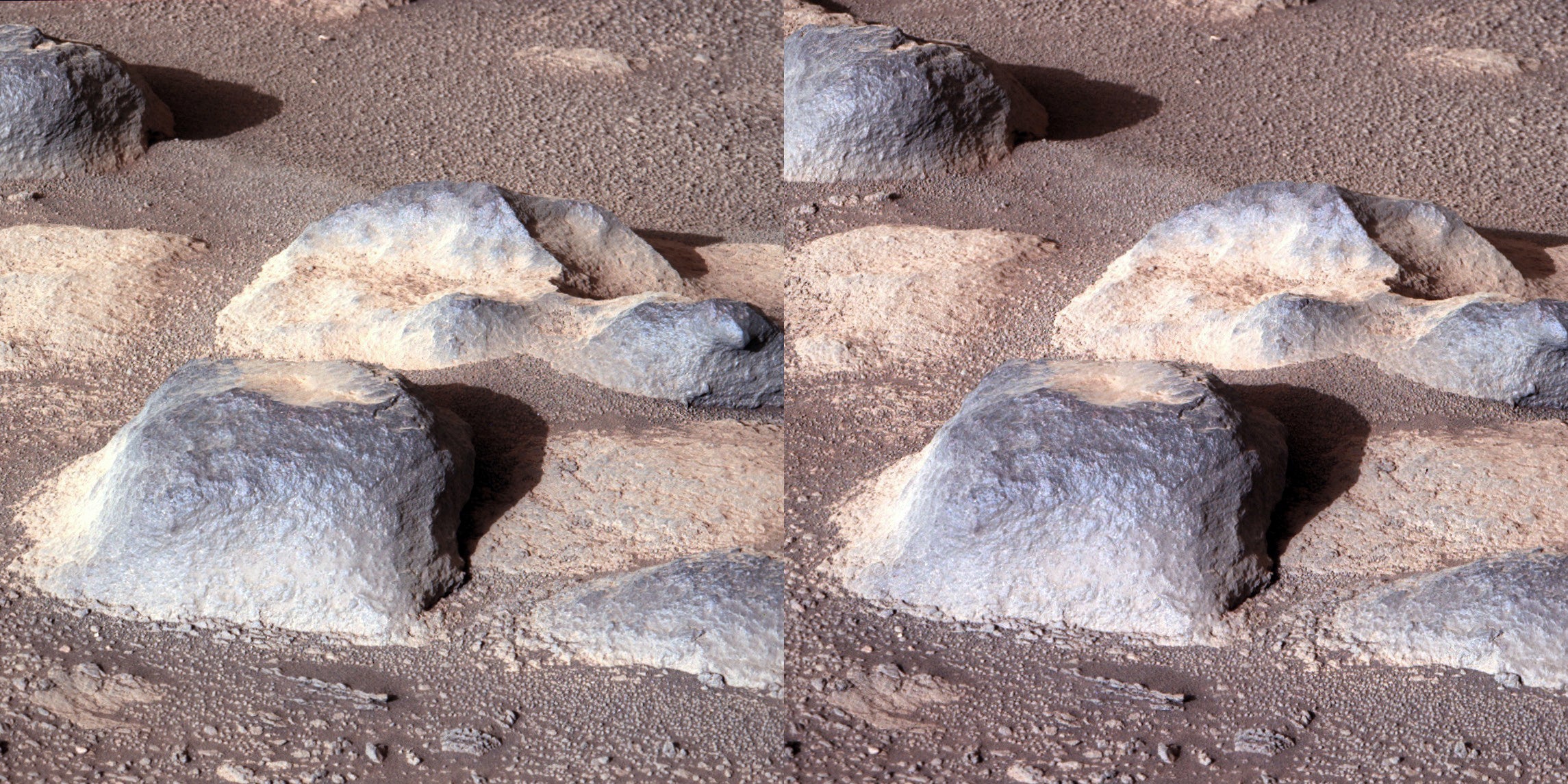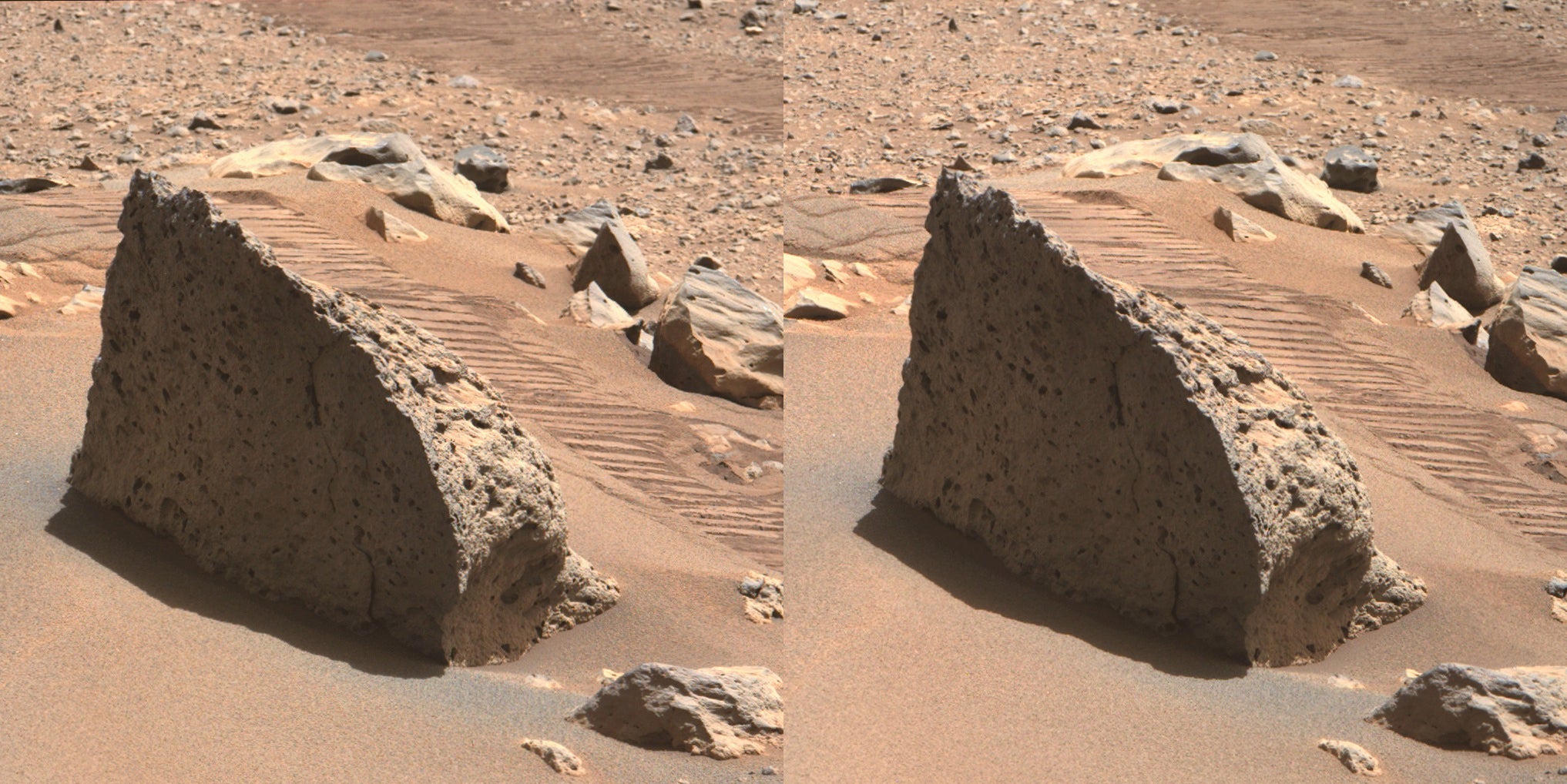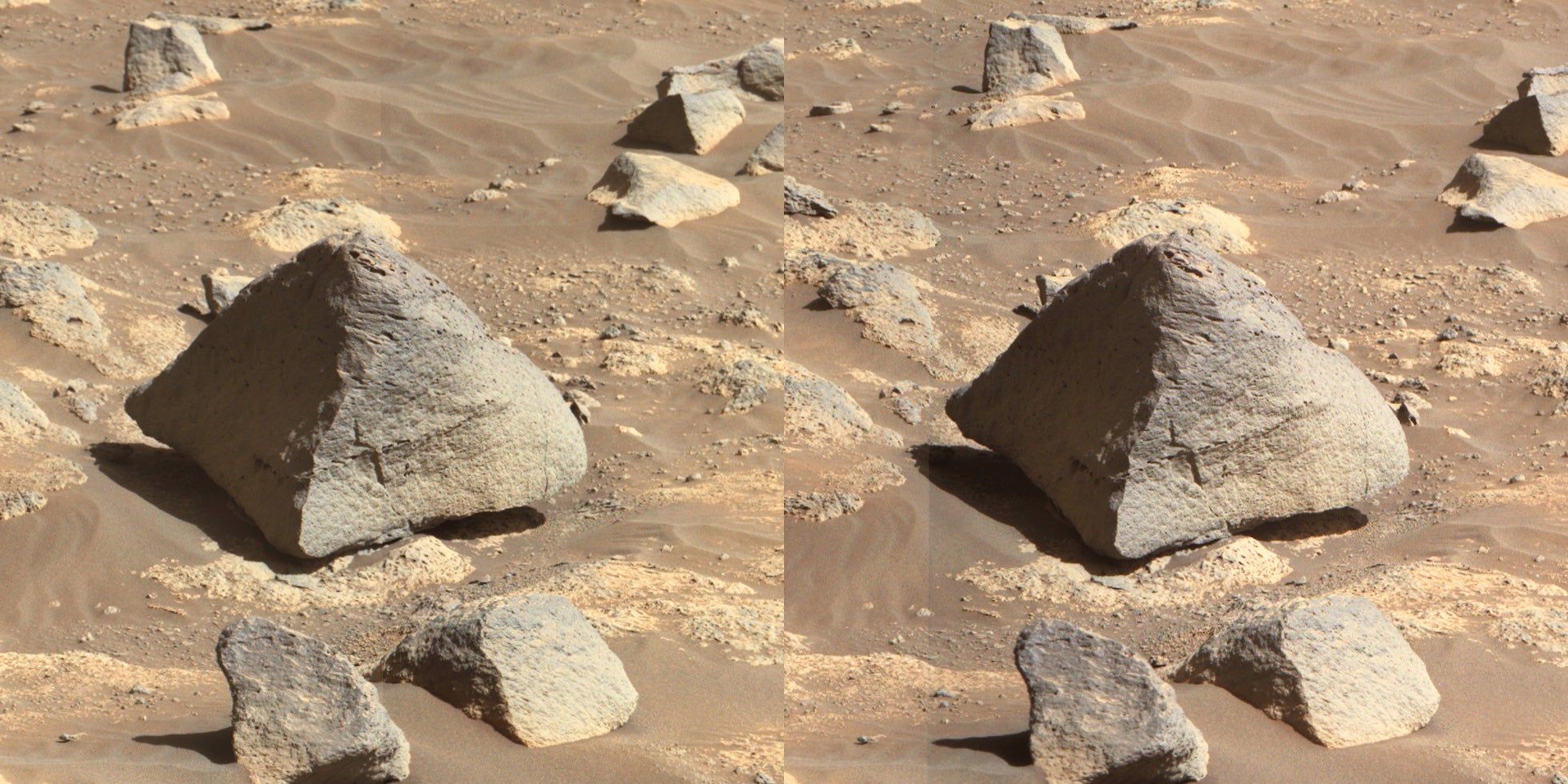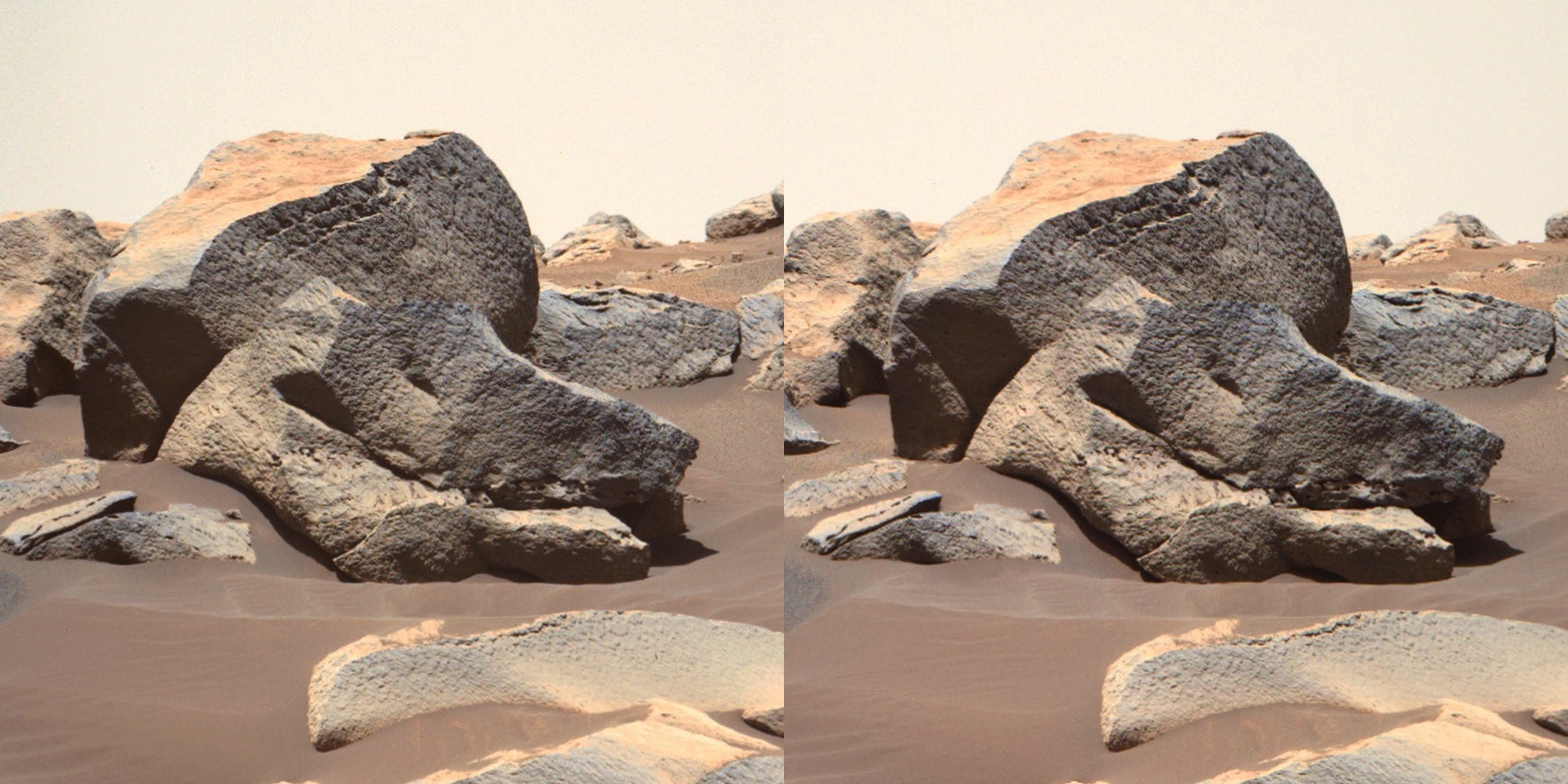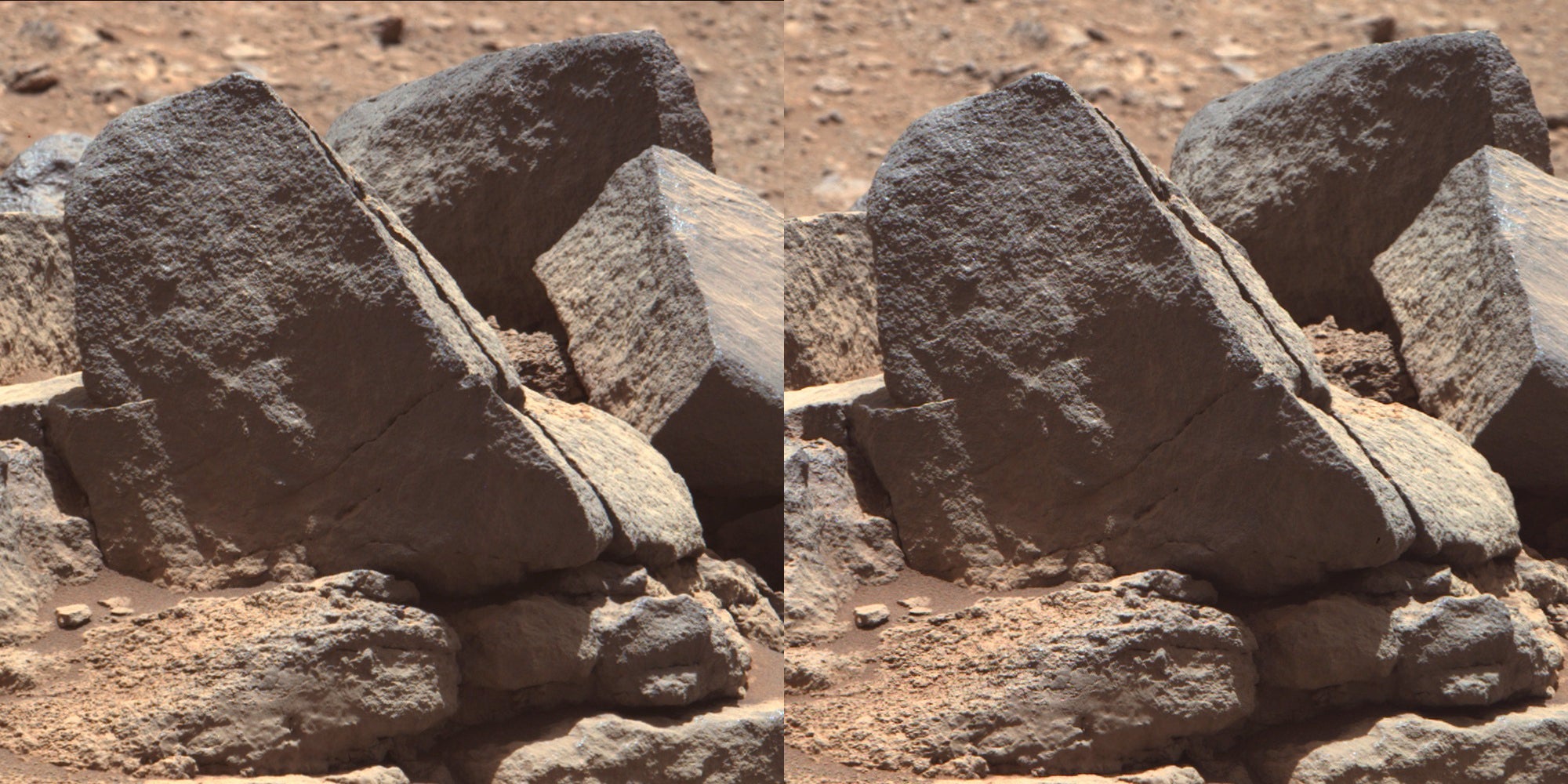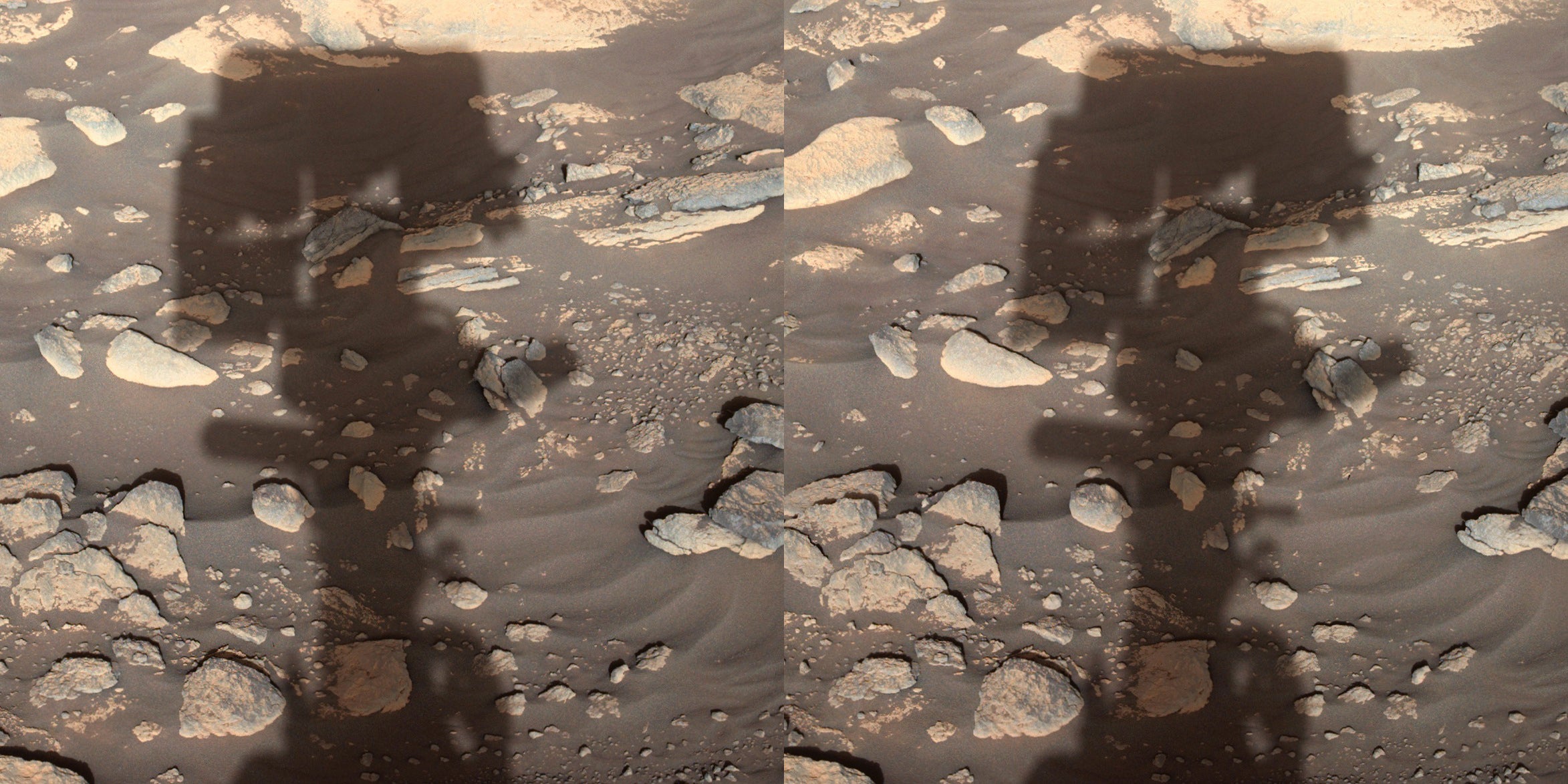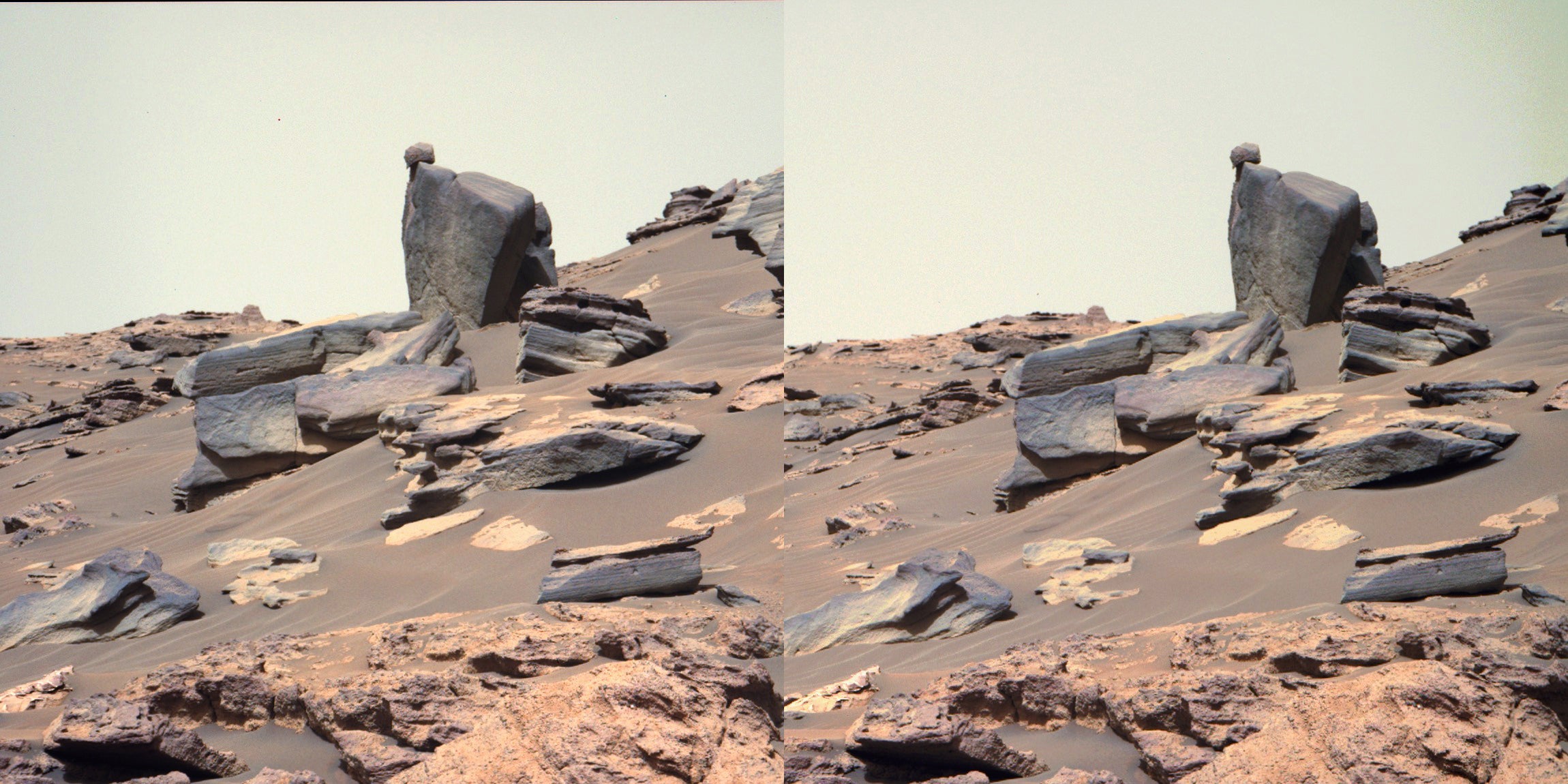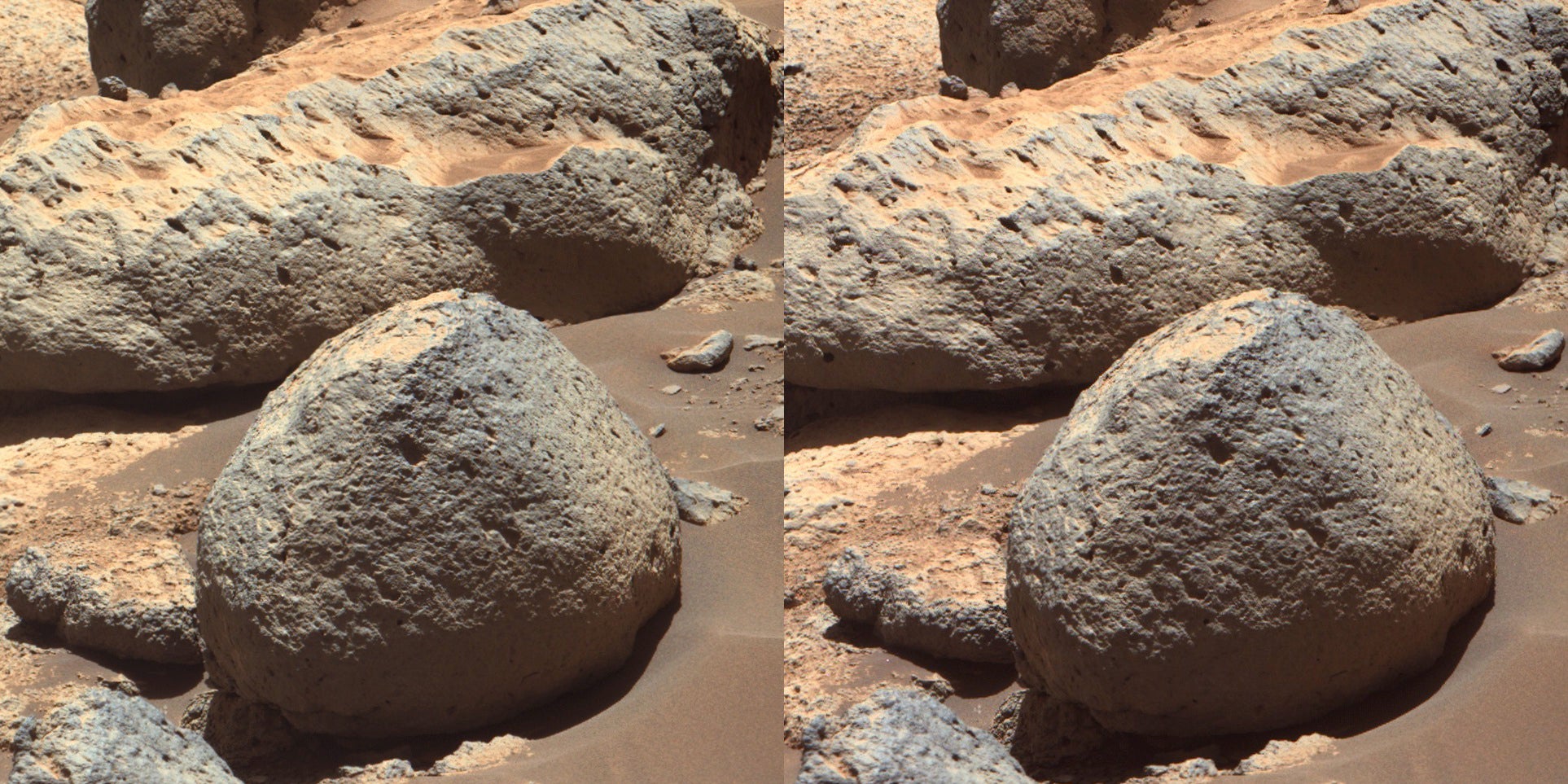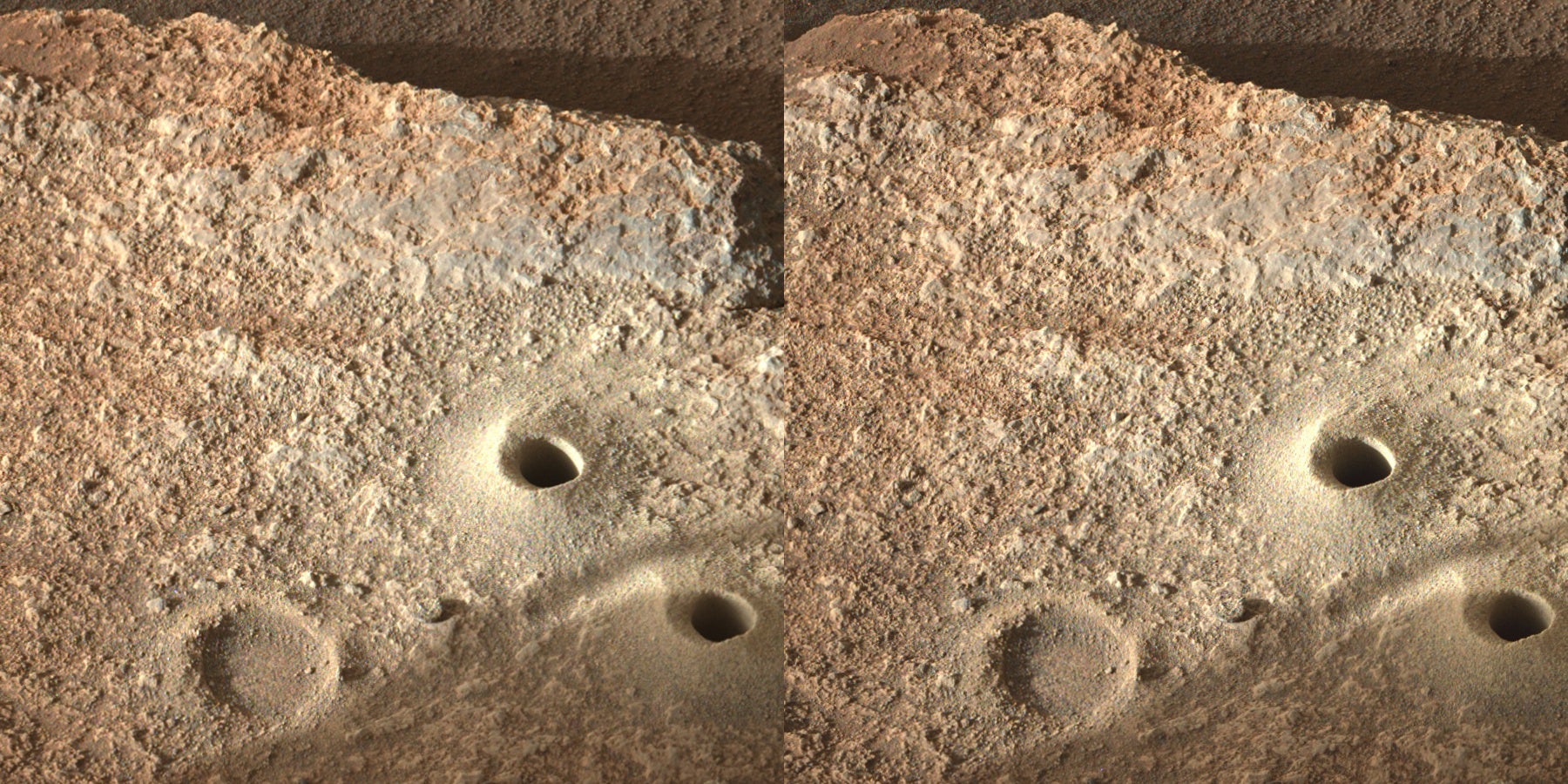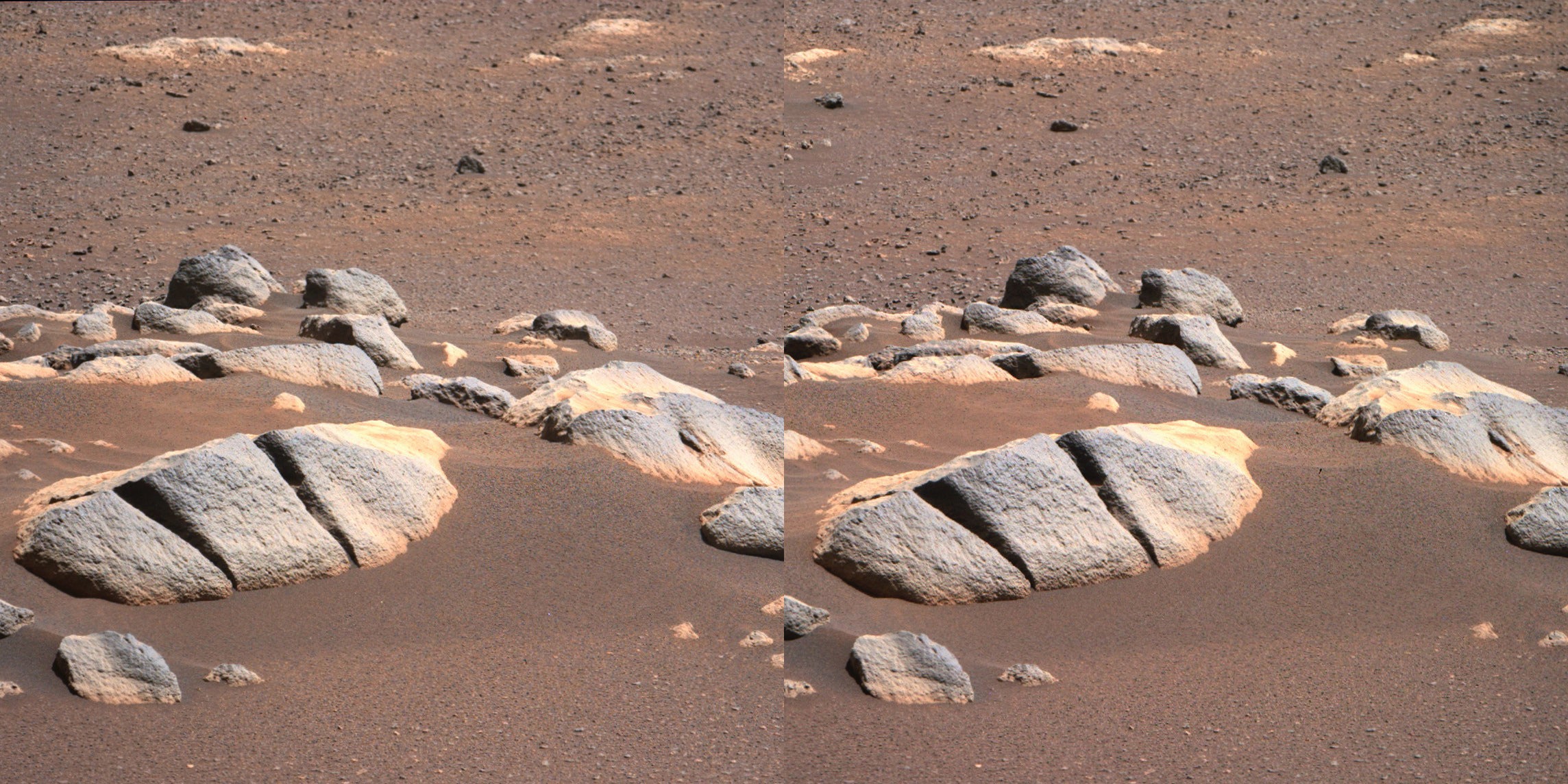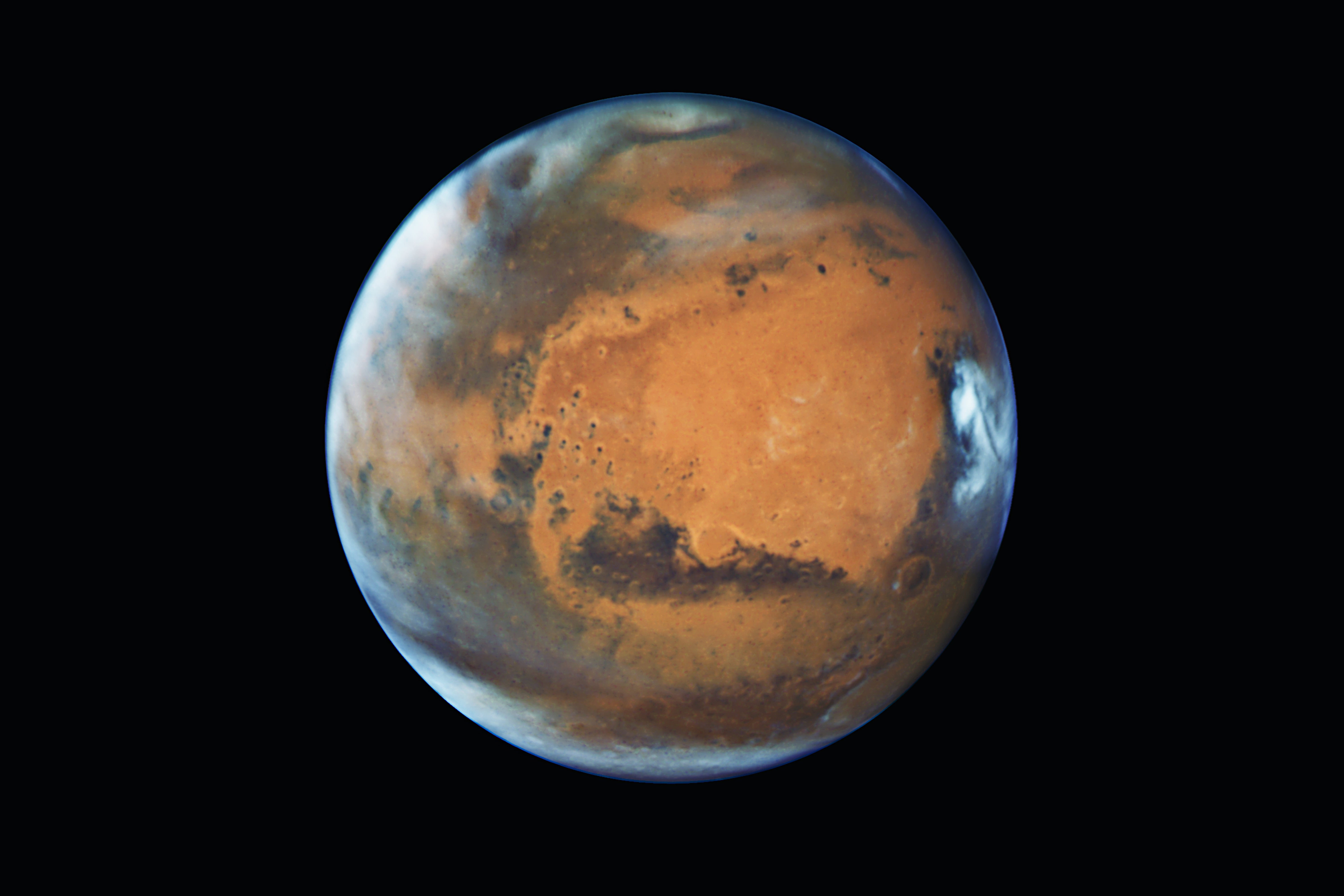
Humans have long dreamt of flying to other worlds. Two destinations — the Moon and Mars — have consistently topped the wish list. Although we reached the Moon in the second half of the 20th century, Mars has remained untouched by human boots.
But in the late 20th and early 21st century, NASA rovers and probes have remotely explored the martian soil in our stead. Thanks to Spirit, Opportunity, Curiosity, and Perseverance, which have spent the last 20 years documenting the Red Planet in great detail, we now have quite an intimate picture of Mars.
NASA’s newest Mars explorer, the Perseverance rover, launched along with its small companion, the Ingenuity helicopter, on July 30, 2020, and landed using two cameras simultaneously allows us to see Mars in three dimensions. Such stereoscopic photography evokes the same sensation that a human would perceive standing on the surface of Mars.
Humans have the ability to see in three dimensions thanks to evolution supplying us with two eyes. This capability was first described by English physicist and inventor Charles Wheatstone in the 1830s; he called it stereopsis, from the Greek stereo, meaning “solid.” Wheatstone pointed out that because each of our eyes sees an object from slightly different angles, a single image can never recreate the sensation of viewing that object in real life. But by presenting each eye with separate images captured from slightly different points of view, the illusion of depth and tridimensionality can be reproduced in a photograph.
Stereoscopic photography is well suited to astronomical photos because it allows us to study and analyze a distant celestial body as if seeing it with our own eyes. Thus, it has frequently been part of space missions, bringing their achievements closer to Earth in an exciting way. From the lunar missions of the 1960s to more recent endeavors such as New Horizons and OSIRIS-REx — and, in the case of the latter two, partly thanks to the involvement of astronomer (and Queen guitarist) Brian May — various stereoscopic images have been shared with the world to positive reception from the general public.
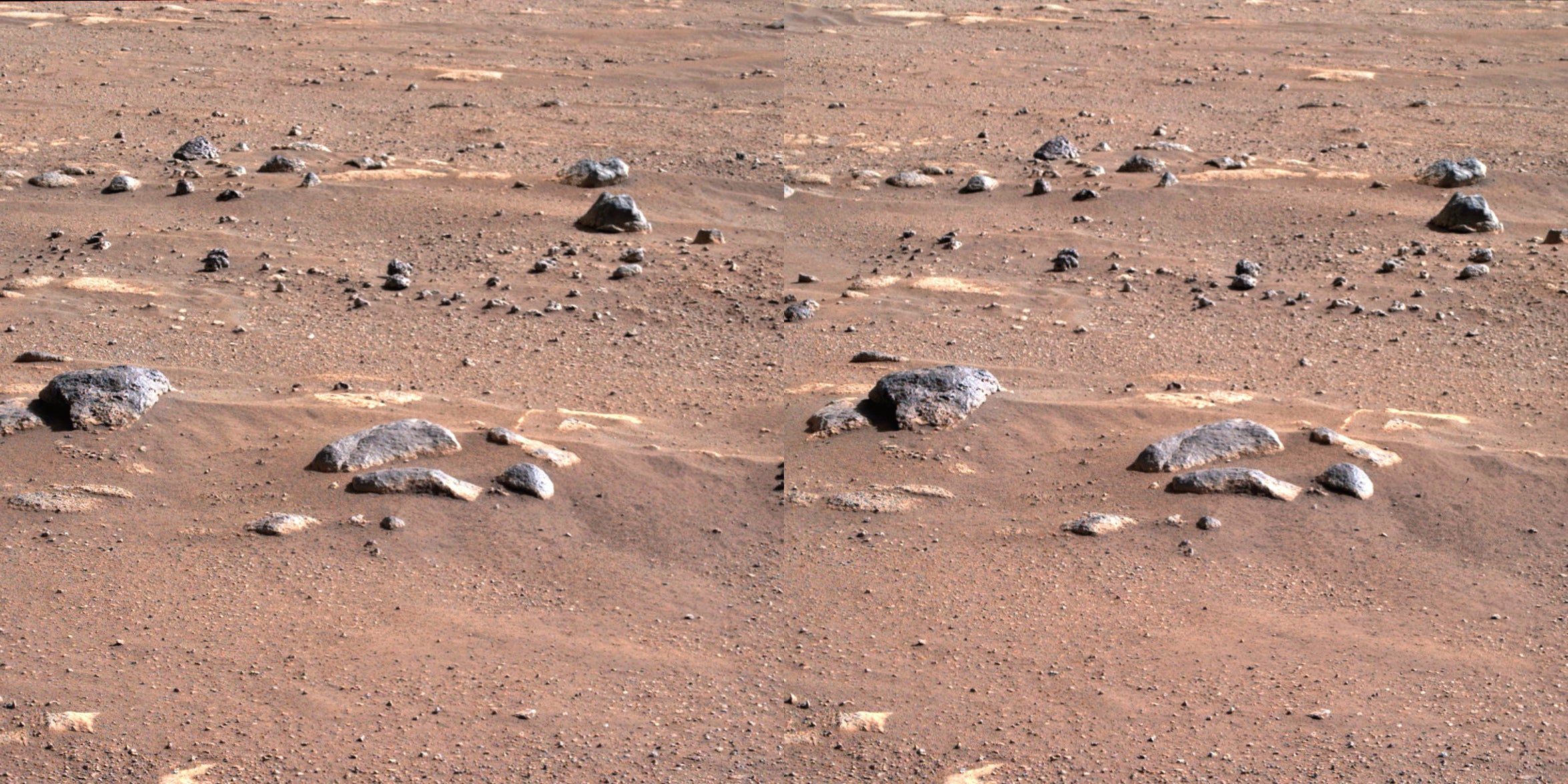
Creating stereo views
When the initial photos from Perseverance came back to Earth, May and his brilliant collaborator Claudia Manzoni were the first to create stereoscopic images from the raw data and share them in “Stereoscopic Corner,” a series of posts on the Mastcam-Z blog created by Jim Bell, the instrument’s principal investigator and a planetary scientist at Arizona State University.
The first installment appeared in March 2021, when the world was still locked down. Seeing led me, an amateur stereo photographer still improving my skills at the time, to pursue the secrets of making perfect stereoscopic images from Mars.
During the challenging times of the pandemic, when I found myself confined at home, I felt motivated to further develop my astronomical stereo skills. With unfailing support and encouragement from May and Manzoni, I practiced until my individual work led to an ongoing group collaboration for “Stereoscopic Corner” in December 2021.
My aim is to share these stereo images with a wider audience to show Mars from a more realistic perspective, allowing the viewer to virtually explore the Red Planet’s terrain. Here is a selection of my favorite 3D images generated from Perseverance data over the last two years, from landscapes to detailed views of rocks. The scenes sometimes recall similar vistas from our own planet, but at other times present us with strange and peculiarly martian sights.
The photos can be viewed in stereoscopic 3D with the aid of an OWL Stereoscopic Viewer by placing it squarely over each stereo image. The brain, with the aid of the two lenses, will fuse the two images into one beautiful sight with a realistic sense of depth and solidity.
Viewing 3D images
There are two ways to view the images printed here in 3D. To view the images with no mechanical assistance, let your eyes relax as you look at the photos as though focusing on a point behind them. At first you will see the two images split into four; as your eyes focus at the correct distance, the middle two images will combine to create a single, crisp 3D image. The outer two images will remain on either side of the 3D image and become blurry.
Alternatively, you can use a 3D viewer, such as the OWL Stereoscopic Viewer or Lite OWL viewer, designed by Brian May. These viewers are designed for easily viewing 3D images in books, magazines, modern and vintage stereo cards, and even video or other VR content on your smartphone. You can purchase OWL viewers at www.MyScienceShop.com.
Note: These images may not appear in 3D in its current format online.
